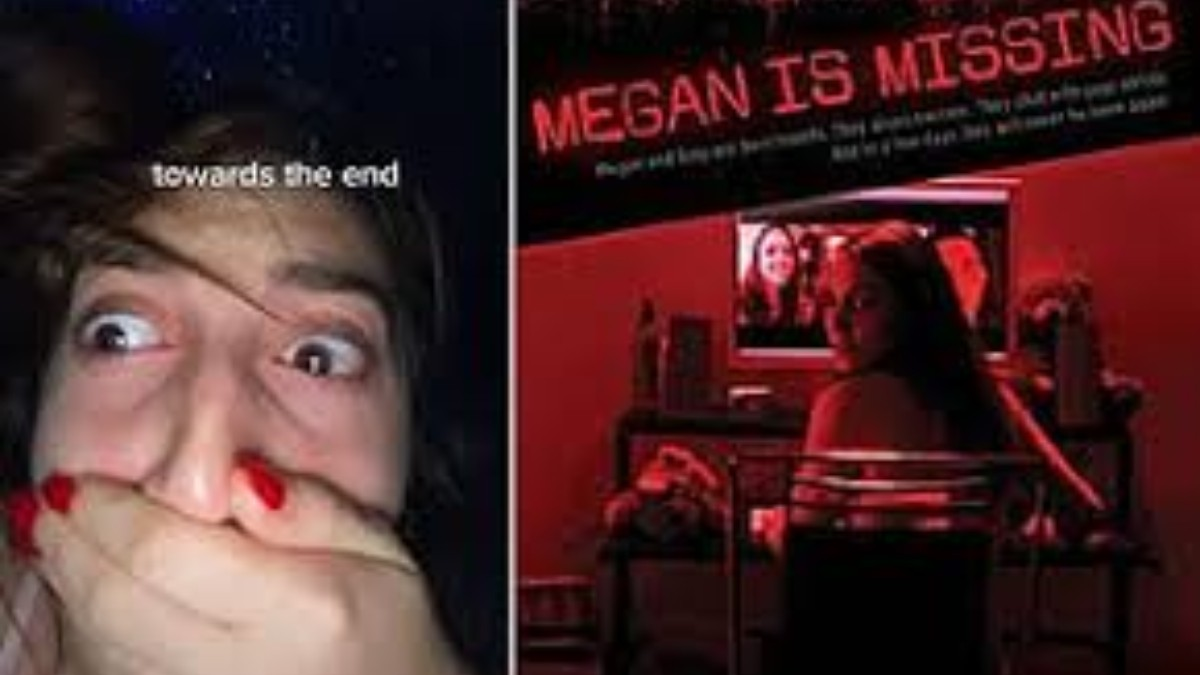Is the harrowing found-footage film, Megan Is Missing, ripped from the headlines? The truth is, the film, despite its disturbing realism, is not a true story.
The movie, a low-budget independent production released in 2011, has garnered significant attention, particularly for its graphic depiction of the abduction and torture of teenage girls who meet strangers online. The director, Michael Goi, utilized a "found footage" style, contributing to the film's unnerving authenticity. However, while the film draws inspiration from real-world events, the narrative itself is fictional.
To understand the film's context, it's crucial to dissect the elements that fuel its impact. Megan Is Missing isn't just a movie; it's a cinematic experience designed to provoke a strong emotional response. This raises questions about the ethics of filmmaking and the responsibility of creators when dealing with sensitive subject matter. The movie's impact is undeniable, leading to bans in certain countries and sparking intense debate about its value. The film's exploration of online predation and the dangers faced by young people in the digital age has, however, sparked a wider conversation.
The film's depiction of events is not entirely original. The director's inspiration came from actual cases of kidnapping and abuse, including the abductions of Amanda Berry, Gina DeJesus, and Michelle Knight in Cleveland, Ohio, who were held captive for more than a decade. The film also draws inspiration from the kidnapping of Miranda Gaddis and Ashley Pond in 2002. These real-life incidents, involving the vulnerability of young girls, the predatory nature of some individuals, and the ease with which connections can be formed online, inform the fictional narrative of Megan Is Missing. This makes it important to separate the film's creative liberties from the actual issues it touches upon.
The use of found footage, a technique where the movie is presented as if the viewers are watching footage recorded by the characters themselves, enhances the film's power. This style, which has been used in movies such as The Blair Witch Project and Paranormal Activity, removes the distance between the viewer and the events on screen. The film attempts to place the audience directly in the horrifying situation of the characters, heightening the impact of the content.
The casting choices further blurred the line between reality and fiction. The film features relatively inexperienced actors, adding to the sense of realism. Rachel Quinn and Amber Perkins, who portray Megan Stewart and Amy Herman, respectively, were not well-known names at the time. This choice likely contributed to the film's gritty, unpolished feel, which further convinced viewers.
The movie has also faced criticism due to the extreme violence and graphic nature of its content. The film portrays acts of sexual assault and physical violence. The director warns viewers not to watch it alone or late at night. While the film intends to serve as a cautionary tale, many believe the graphic nature of the content overshadows any educational value, and some have called the film exploitative and harmful.
The film raises pertinent questions about internet safety and the risks associated with online interactions. The characters in Megan Is Missing are presented as ordinary teenagers who become ensnared in dangerous situations after forming online relationships with strangers. The film highlights the ease with which young people can be targeted and manipulated online, underscoring the importance of awareness and education in this age of digital technology. It serves as a stark reminder of the potential dangers that lurk online and the need for children to understand how to protect themselves from predators.
The film also touches upon the role of parents in safeguarding their children. The characters' parents in the film are generally unaware of the digital lives of their children, thus unable to offer protection. The film implicitly criticizes the lack of parental involvement in monitoring online activities and the need for open communication. This aspect of the story reflects the reality that many parents struggle to keep up with the digital world and its implications for their children.
In New Zealand, the movie was banned. This action underscores concerns about its potential impact on viewers and the possibility of causing psychological distress or inciting copycat behavior. The ban exemplifies the difficulties of balancing artistic expression with societal concerns, and it highlights the ongoing debate about the boundaries of freedom of expression.
Despite the controversies, Megan Is Missing remains a topic of conversation. Many viewers are particularly curious about the film's final 22 minutes, which depict the abduction and abuse of the main characters. The graphic nature of this portion of the movie has led many to question its intentions and its artistic merit. The film's creators hope the film will raise awareness of the threats facing young people, even if the approach is controversial.
The film's power lies in its ability to generate a visceral, emotional response. The filmmakers sought to create a sense of discomfort and dread, in the hope of sparking discussions about the dangers of the internet. The movie remains a disturbing and unsettling experience that is guaranteed to stay with viewers long after the credits roll.
While Megan Is Missing isn't a true story in the strictest sense, the impact of the film is rooted in genuine fears and concerns regarding children's safety in the digital age. The director attempts to use fictional events to shed light on real-world issues, but whether the film achieves that is a subject of ongoing debate.
Ultimately, the legacy of Megan Is Missing lies in its ability to generate a powerful emotional reaction and stimulate important conversations. The film's impact stems from its ability to provoke discussion on the crucial issues of internet safety, the vulnerabilities of young people, and the potential dangers of the digital world.
| Aspect | Details |
|---|---|
| Title | Megan Is Missing |
| Genre | Found Footage, Horror, Drama |
| Director | Michael Goi |
| Main Cast | Rachel Quinn, Amber Perkins |
| Release Year | 2011 (limited release) |
| Inspiration | Real-life child abductions and online predation cases. Particularly inspired by Amanda Berry, Gina DeJesus, and Michelle Knight kidnapping. Miranda Gaddis and Ashley Pond kidnapping |
| Controversies | Graphic content, violence against women, exploitation of trauma, ban in New Zealand. |
| Themes | Internet safety, child abduction, online predation, friendship, the dangers of the digital world. |
| Film Style | Found footage, utilizing webcams, phones, and home video cameras. |
| Intended Message | A cautionary tale about the dangers of the internet and the vulnerability of young people. |
| Reception | Highly controversial; split opinions, from the cautionary tale to claims of gratuitous violence. |
| Warning | The director warns viewers not to watch it alone or in the middle of the night. |
The movie has also led to a discussion on artistic freedom vs. social responsibility. The controversy around the movie has led many to question the filmmaker's intentions and whether the depiction of violence is justifiable for the sake of making a point.


